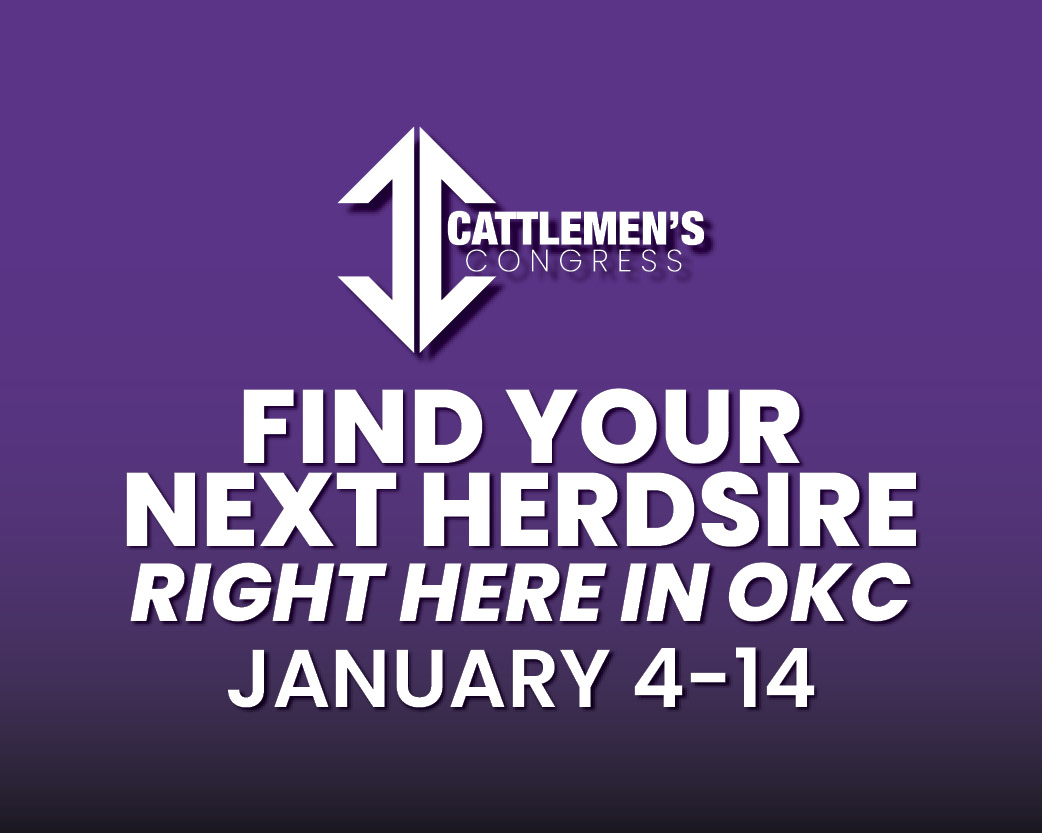
Production agriculture is an asset heavy business. Regardless of commodity, there is a laundry list of “things” that we need to do business.
In Oklahoma, that list of assets usually includes land, trucks, tractors, livestock, hay equipment, and other ranch related items. As cattle prices maintain their strength, operators could be looking to reinvest those profits into replacing and upgrading the equipment on the ranch.
The asking price for replacing these assets has been trending higher for quite some time. For this discussion we will focus on machinery and equipment. The May 2024 USDA Agriculture Prices Report shows trucks, tractors, and other machinery are up 29.9%, 39.5%, and 95.1% respectively since 2011.
When discussing the costs of different farm or ranch tasks like fertilizing a field, spraying herbicides, or baling hay the variable costs are usually known. The cost of the diesel, urea, or net wrap was just paid and easy to recall.
The more difficult component to quantify is the fixed cost of that activity. Unfortunately, these fixed costs, some might call them overheads, have been increasing for years and have had a hand in tightening margins. As the cost of buying equipment increases, the cost of ownership will likely increase as well.
Depreciation is the loss in value that takes place with equipment over time and use and is a significant component of what it costs to own an asset. While it is just one part of fixed costs, it is usually a large component of it. On our taxes, we can deduct that loss of value as a cost. In practice, we can use it in a more direct way to cover our actual costs.
These numbers are fictitious and are being used to illustrate how to incorporate your own estimates. Let’s assume that a new round baler is purchased for $60,000. We estimate that we will use it for eight years. After that we will be able to get $20,000 as a salvage value. This would give us an estimate of depreciation cost of $5,000 annually ($60,000-$20,000 / 8 years).
Another way to look at this might be that I plan on this baler baling 12,000 bales (1,500 per year) over its life on our operation. This would calculate to a depreciation cost of $3.33 per bale ($60,000-$20,000 / 12,000 bales).
This cost is not like fuel for example. We will face this expense when it is time to replace this piece of equipment, not on a daily or annual basis as we use it. A practical way to look at it would be to simply look at the disparity between your trade value and the price of the piece of equipment you are replacing it with.
Minimizing this expense will become increasingly important to operations in Oklahoma. Minimizing this cost is simple on paper but difficult in the field. There are three ways to minimize depreciation: lower purchase price, increase salvage value, or increase how long it is used in your operation.
As we look to reinvest profits from strong cattle markets in 2024, some diligence in the marketplace will be rewarded with more moderate fixed costs.
Article courtesy of OSU Farm Managment, Scott Clawson, Area Ag Economics Specialist


















